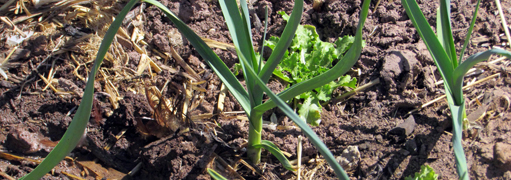Food For Thought: Summer-Proofing Your Vegetable Garden With Green Mulch
Summer-Proofing Your Vegetable Garden


Ari LeVaux
Latest Article|September 3, 2020|Free
::Making Grown Men Cry Since 1992


Ari LeVaux
